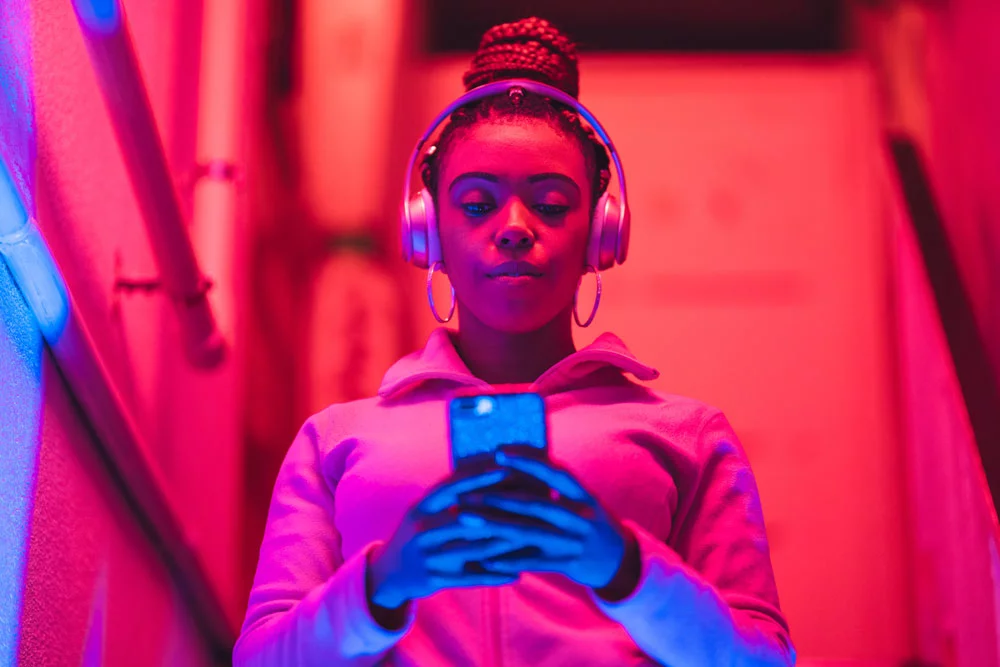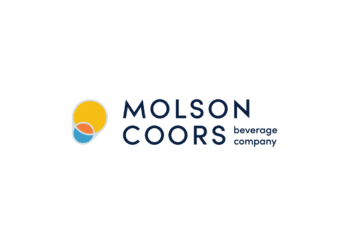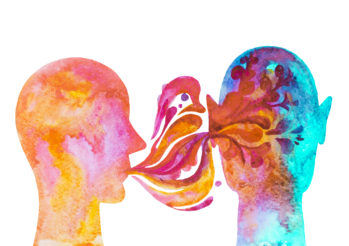In today's media marketplace, brands are dealing with ad fraud, reduced viewability, the death of cookies and pressure to produce thumb-stopping ads. With all that noise, how are they expected to break through? Some brands are discovering they can deliver personal, engaging, salient and effective messages at scale through podcast advertising.
Think podcasts are just more noise? A few years ago, we all had that podcast friend who was always recommending a show. Now, it seems, all of our friends are podcast people as over 100 million Americans tune into podcasts every month. The format has evolved, earning a permanent place in the cultural zeitgeist. At Ad Results Media, we have been in the audio and podcast media business for 20 years and have had a front row seat to the maturation, innovation and scale of the podcast advertising ecosystem and its development into a targeted and measurable performance marketing channel.
Does popularity translate to reach and ROI? What about relevance and response with audiences and brand messages?
Less skipping means better storytelling
With podcast ads, brands get more than three to six seconds to tell their story. In a recent study of regular podcast listeners,1 only 12% said they always skip ads. In fact, 33% of respondents said they “never or rarely” skip ads, and 38% said they do so “only sometimes.” With the ad experience authentically incorporated into the content of the show, often through live reads, custom segments or brand integrations, the content feels native and intentional.
Comparing these statistics to the 65% of people who say they always skip online video ads,2 brands can gain a great deal of creative opportunity. Podcast ads offer brands a creative canvas much longer than 15 to 30 seconds to tell their story.
Ads are welcome and appreciated
There are a number of reasons why people love podcasts, but one of the most frequently cited is that the fact that they are free. Because podcasts rely on an ad-supported model, 64% of podcast listeners1 say they appreciate advertising on podcasts and are more likely to remember the brands that support their favorite shows.
In addition to being able to communicate their message fully without being skipped, brands also enjoy the goodwill that comes with supporting the people and podcasts that so many Americans tune into every day. I am hard-pressed to think of another ad environment that has that same embrace from its users.
Captures user attention
Due to the portable nature of podcasts, we know that often people are doing other things while they are listening—cleaning, exercising, walking their dog or driving. As a result, it is certainly worth exploring whether all of this adjacent activity compromises the saliency and effectiveness of the ads on podcasts. When surveyed, 48% of people who listen to podcasts say they pay more attention to ads on podcasts than on any other media—period.
At the same time, we are in the midst of the “Attention Economy,”3 with some experts saying that attention is one of the most valuable resources of the digital age. As a result, brands need to draw users in to spend more and more time on apps and websites, often at the expense of the user experience. With podcasting, however, the highly personal nature of the audio content does that intrinsically so it organically holds listener attention.
Wins on ad recall
Can an audio ad without visuals really deliver on recall the same way as social, video, print or OOH? Yes, according to recent research.
In fact, 86% of people who listen to podcasts say they recall ads on podcasts more than any other channel,1 with social ads at a not-so-close second at 80%. This is likely the net effect of all the other proof points: the ads go unskipped, users appreciate the advertisers that support their favorite podcasts, and they have won in the race for capturing human attention.
Podcast ads may be audio, but they are definitely not noise. They are a unique ad experience that can help brands of all sizes find and authentically engage with the right audiences to scale while achieving long-term growth and greater advertising ROI.
Link to original AdAge article.




